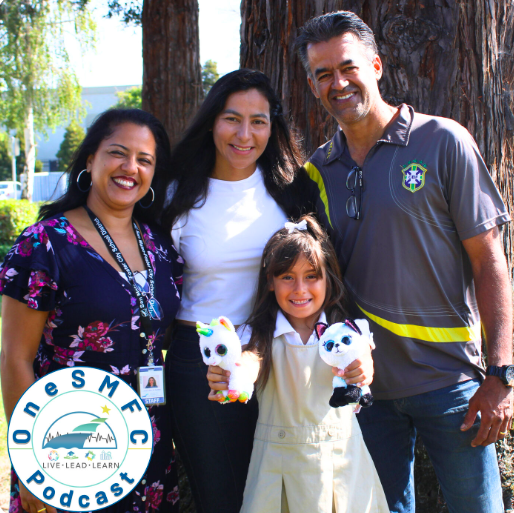
By Dennis Muizers
How do we learn to be excellent leaders? After 30 years in education, I often wish I could go back with the knowledge and experience I have now. I was a high school principal at age 28 and a PK-12 curriculum director at 32 looking for leadership inspiration. One of the first mistakes I made was incorrectly assuming that teaching and leading were two very different capacities. Thankfully, the reality for educational leaders who want to grow is that excellent leadership examples are happening in classrooms around you every day. It is only with a growth mindset and the willingness to reflect that you can take these examples and apply them to become an effective leader in your school or district.
Let’s take a closer look at the attributes of excellent teaching that can and should be your blueprint for excellent leadership, as well as the reflection questions that will help you hone these attributes.








